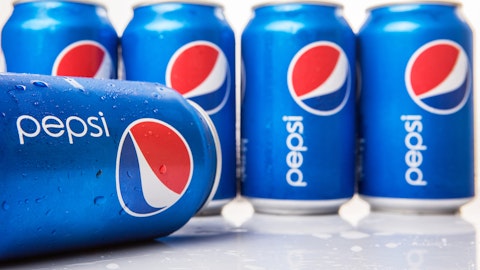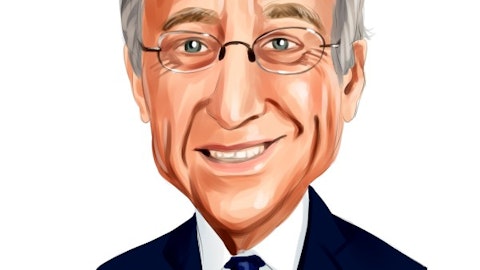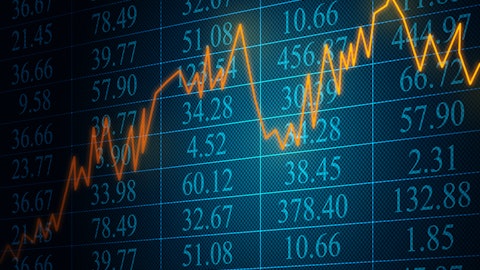PepsiCo, Inc. (NYSE:PEP) is a critical partner for retailers because its products drive them the most traffic and profit growth of any food supplier. Pepsi’s dual portfolio of snacks and beverages further strengthen its retailer relationships because over half of consumers who buy salty snacks buy liquid refreshment beverages in the same basket, according to IRI. Selling both types of products allows customers to have one point of contact, creating efficiencies.
The company’s breadth and depth of retailer relationships, coupled with its powerful brands, makes it practically impossible to be replaced by smaller rivals. As a matter of fact, Pepsi is about twice the size of the next largest supplier in food and beverage.
Pepsi’s large scale allows it to enjoy economies of scale and invest aggressively in innovation and marketing to stay in touch with consumers’ evolving preferences. For example, Pepsi spent nearly $4 billion on advertising and marketing in 2015 and poured over $700 million into research and development. These investments help it continue maintaining and growing iconic product lines such as Gatorade, which has been around for more than 50 years.
The amount of brand equity Pepsi has built up with consumers is nearly impossible to measure but is extremely valuable. However, it doesn’t show up on the company’s balance sheet because it is an intangible asset (marketing costs are expensed each year, although they have arguably built a major asset for Pepsi). This is one of the reasons why Warren Buffett is invested heavily in consumer staples in his dividend portfolio.
Follow Warren Buffett's Berkshire Hathaway
Pepsi, like many other consumer staples, also benefits because its products are in slow-moving industries that enjoy recurring consumer demand, resulting in stable earnings and market share. If a new consumer trend emerges, Pepsi has the firepower and distribution to develop new relevant products itself or acquire new brands that could be a threat.
Even if Pepsi is a little late to adapt to a new consumer preference, its diversified portfolio and focus on huge markets help mitigate this risk.
For example, the snack market is over $100 billion in the U.S. alone, and Pepsi only plays in about 15% of that category. The category is growing nicely (projected 5% global growth) as people are snacking more on-the-go with their busy lifestyles (over 40% of food and beverages are purchased outside the home today versus 26% in 1970, according to Pepsi).
Stepping back, the global foodservice market is roughly $700 billion in size, giving Pepsi less than a 10% market share. Demand for beverages and snacks is growing at a mid-single digit pace, creating many opportunities for profitable expansion.
Despite numerous opportunities for top line growth, the company is focused on improving its cost structure as well.
Pepsi targets $1 billion in annual productivity savings through 2019, representing close to 2% of its total global costs. Savings will be made possible by leveraging more global functions and capabilities, using more automation technology, and consolidating global spending.
Continuous productivity initiatives help Pepsi generate higher margins, grow free cash flow, and increase its return on capital, making it all the more valuable for shareholders. The company has so far delivered on its cost targets, saving $1 billion since kicking off its first program in 2012. Operating margins have increased 195 basis points over the past three years, too.
Overall, Pepsi has strong competitive advantages thanks to its balanced portfolio of snacks and beverages, many years of powerful branding investments, critical importance to retailers, and focus on meeting consumers’ evolving preferences.



